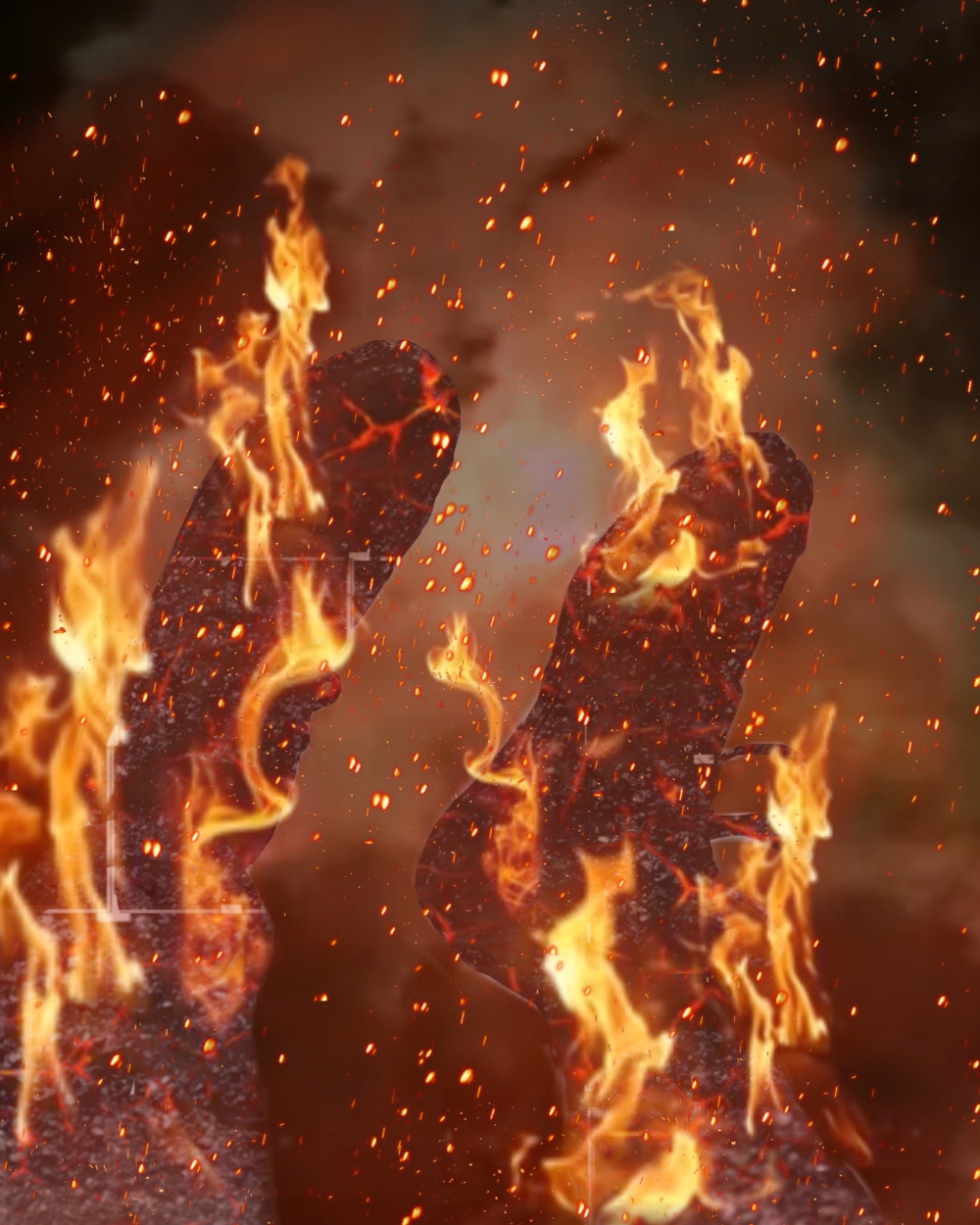Product Liability Lawsuit | Civil Litigation | Society
Introduction: Death in Hyperbaric Oxygen Chamber
On January 31, 2025, five-year-old Thomas Cooper entered a hyperbaric oxygen chamber at the Oxford Center, an alternative medicine facility in Troy, Michigan. Within minutes, the chamber ignited in flames. The child was trapped inside and died of catastrophic burns. His mother, who was present and attempted to rescue him, suffered severe injuries.
Now, the family has filed a $100 million civil suit in Oakland County Circuit Court, alleging that the child’s death was not a tragic accident, but the result of “corporate greed,” gross negligence, and reckless disregard for safety protocols by multiple defendants, including the manufacturer of the chamber and executives at the facility.
The litigation—Cooper v. Oxford Hyperbaric Oxygen Therapy Center, LLC, et al.—raises complex issues of product liability, medical negligence, regulatory oversight, and duty of care in the growing but underregulated world of alternative medicine and wellness therapy.
Case Background
The suit, filed in September 2025 by prominent trial attorney Geoffrey Fieger, names eight defendants, including:
- Oxford Hyperbaric Oxygen Therapy Center, LLC and its affiliate, the nonprofit Oxford Kids Foundation;
- Several individuals: CEO Tamela Peterson, safety/training director Jeffrey Mosteller, operations director Gary Marken, and chamber operator Aleta Moffitt;
- Sechrist Industries, Inc., the California-based manufacturer of the hyperbaric chamber;
- Office Ventures Troy I, LLC, the landlord of the premises.
The 80-page complaint alleges multiple causes of action: negligence, strict product liability, breach of express and implied warranties, negligent hiring/supervision, premises liability, and wrongful death.
The plaintiffs allege that the chamber was defectively maintained, improperly operated, and used in direct contradiction to manufacturer safety protocols and federal medical device regulations. The family claims the defendants failed to:
- Warn of the lethal consequences of an in-chamber fire;
- Install or maintain proper fire suppression or emergency release systems;
- Properly ground the chamber to prevent static discharge;
- Adequately train or supervise staff in emergency protocols;
- Limit treatment to FDA-cleared medical indications.
The family’s attorneys allege that the fire was caused by a static spark igniting the oxygen-rich environment—a “known and preventable risk” in hyperbaric therapy.
Parallel Criminal Proceedings
In a rare convergence of civil and criminal liability, Michigan Attorney General Dana Nessel has filed criminal charges against four of the same individuals named in the civil case.
In March 2025, Nessel’s office announced second-degree murder and involuntary manslaughter charges against:
- Tamela Peterson (CEO),
- Gary Marken (operations director),
- Jeffrey Mosteller (safety/training director),
- Aleta Moffitt (chamber operator).
Moffitt also faces charges for allegedly falsifying patient records. All four have pleaded not guilty.
Prosecutors allege that the defendants operated the chamber with knowledge of critical safety lapses and without required inspections or staff certifications. Nessel publicly characterized fires in hyperbaric chambers as “terminal events”—incidents almost always fatal and entirely preventable with proper protocols.
If any defendant is convicted, the criminal record could significantly impact liability exposure and damage awards in the civil matter.
Key Legal Issues at Stake
1. Standard of Care in Hybrid Medical Settings
The lawsuit raises fundamental questions about what duty of care applies when health-related services are offered in non-traditional or non-hospital settings. The plaintiffs assert that the defendants operated as a medical provider and should be held to a corresponding standard. The defense is expected to argue that the facility operated as a wellness center, not a regulated medical provider, and that it had no heightened duty under Michigan law.
This distinction could impact the admissibility of certain expert testimony, as well as the applicability of tort caps or immunities under Michigan’s medical malpractice statutes.
2. Product Liability and Failure to Warn
The inclusion of Sechrist Industries, the chamber’s manufacturer, introduces a traditional product liability theory. Plaintiffs claim the chamber was:
- Defectively designed, lacking sufficient fire mitigation systems;
- Defectively manufactured, or improperly maintained;
- Sold with inadequate warnings or instructions about fire risks.
The case may turn on whether the manufacturer’s warnings were sufficiently robust and whether the operators ignored or deviated from approved use protocols. If the manufacturer can demonstrate misuse or alteration by downstream users, it may seek dismissal or indemnification.
3. Foreseeability and Proximate Cause
Defendants are likely to argue that the fire was unforeseeable and that the chain of causation was broken by third-party misuse. Plaintiffs will counter with expert testimony that fire risk in hyperbaric chambers is well-documented and preventable, and that the defendants’ cumulative negligence made the tragedy inevitable.
Legal scholars note that foreseeability in such cases often hinges on industry standards and whether the defendants deviated from widely accepted safety practices.
4. Punitive Damages and Gross Negligence
While Michigan generally disallows punitive damages, exemplary damages may be awarded if plaintiffs prove egregious misconduct, malice, or willful disregard for human safety. The complaint alleges that the defendants “chose profit over people,” emphasizing their use of the chamber to treat conditions (e.g. ADHD and autism) that are not FDA-approved for HBOT.
The lawsuit references promotional materials suggesting treatment for over 100 conditions, which plaintiffs say indicates a reckless commercialization of unproven therapy.
5. Regulatory Gaps in Alternative Therapy
The case spotlights the murky legal landscape surrounding alternative medicine. While hyperbaric oxygen therapy (HBOT) is FDA-cleared for a limited set of conditions (e.g. decompression sickness, carbon monoxide poisoning), its use for other purposes remains unregulated and controversial.
This case may lead to calls for more stringent oversight of such centers—particularly those treating pediatric patients with devices capable of fatal failure.
Procedural Posture
As of late September 2025:
- The civil case has been filed but not yet set for trial.
- Discovery motions are expected in the coming weeks, likely including requests for safety protocols, maintenance records, email communications, and internal audits.
- The criminal defendants are scheduled for preliminary hearings in Oakland County Circuit Court in Q4 2025.
- No settlement discussions have been publicly disclosed.
If the civil trial proceeds, it will likely involve complex expert testimony from biomedical engineers, fire safety experts, and medical practitioners.
Implications for the Legal Community
This case offers a cautionary tale for:
- Healthcare lawyers, who may advise clients operating hybrid medical/wellness practices;
- Product liability defense teams, facing exposure from both consumer misuse and third-party modification;
- In-house counsel at device manufacturers, who must evaluate downstream risks and warning adequacy;
- Medical malpractice and tort reform advocates, who may seek clarity on liability boundaries in alternative care.
It also underscores the potential for criminal consequences in cases involving death from medical device misuse—a trend with growing precedent in recent years.
Conclusion: Product Liability Wrongful Death
Cooper v. Oxford Center presents one of the most emotionally charged and legally significant product liability and wrongful death suits in recent Michigan history. Whether the court ultimately finds in favor of the grieving family or shields the defendants based on regulatory gaps and causation issues, the case is certain to have ripple effects across the medical, legal, and alternative health industries.
As wellness centers and non-traditional treatment providers continue to proliferate, so too does the legal complexity surrounding the devices they use—and the patients they serve.






